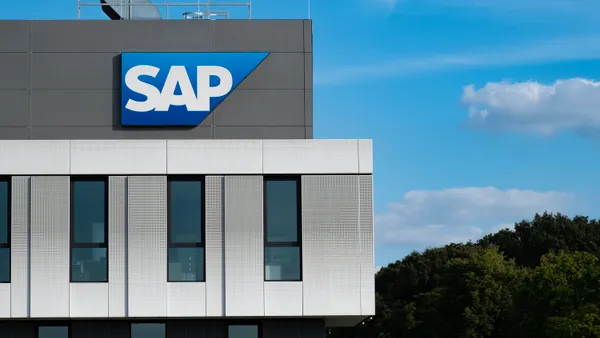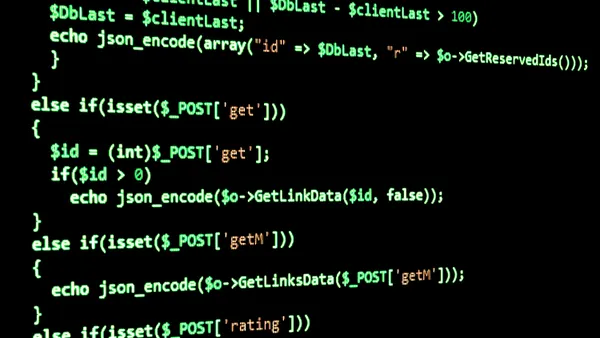Fender Musical Instruments Corp. completed the migration of its SAP enterprise resource planning (ERP) system from on-premise to the cloud in January, a move aimed at improving IT reliability and aligning its cloud strategy.
While the company had a cloud-first strategy already in place, it had previously seen an ERP migration as too disruptive to operations.
"Those are basically our crown jewels," said Michael Spandau, CIO and SVP for Global IT at Fender. "We use SAP for order-to-cash, procure-to-pay, finance, logistics, manufacturing — just everything."
But then came 2020, and an uptick in sales highlighted how dated its on-premise SAP implementations had become. Fender sold a record number of guitars, and it needed its systems to keep up.
For many firms, the peaks and valleys of the pandemic put IT strategies and systems under the spotlight. ERP systems are no different, and enterprise trends show an increasing shift to the cloud as businesses want flexibility and new capabilities.
Fender tapped Lemongrass, a specialized IT services firm, to handle the migration process to Amazon Web Services. Conscious of the threat of downtime to operations, Lemongrass was able to upgrade and migrate ERP to the cloud in three days.
Spandau describes the migration weekend as an interesting, but stressful time. However, "the more testing you do, the more dress rehearsals you do, the better prepared you are," he said.
A trend in ERP
Despite the ongoing shift of critical applications to the cloud, ERP's central role to operations makes it one of the last systems in the enterprise stack to make the leap, according to Liz Herbert, VP and principal analyst at Forrester.
There are cost reductions upsides to migrating the existing ERP implementation to the cloud rather than fully replacing it with a new SaaS-based option, Herbert said.
"Oftentimes, if they're doing the infrastructure migration, it can actually be fairly straightforward and fairly cheap, and maybe even save them money," Herbert said. It can also be less disruptive than a replacement and provide further cost saving opportunities if the company can shut down data centers.
With leaders searching for cost and capability upsides in cloud-based ERP, the shape of the market is changing.
By 2025, cloud-based ERP will represent roughly two-thirds of the total ERP market, up from just 50% in 2020, according to Gartner projections. But adoption varies by system: two-thirds of human capital management (HCM) is in the cloud, compared with 39% of financial management systems.
Aside from potential cost upsides and the ability to scale, a cloud-based ERP allows companies to access new capabilities as technologies evolve, according to Michael Rosenbloom, CEO of Lemongrass Consulting.
"The cherry on the cake is access to things like data lakes, for example," said Rosenbloom. Hyperscale providers have a cloud-native data lake capability that lets companies map SAP data alongside all forms of non-SAP data, structured or unstructured, he said.
For Fender, the migration quickly produced efficiency gains, according to Spandau.
"We have seen very significant performance improvements," said Spandau. Reports and batch processes that once took up to a half hour to run are now produced almost immediately, and users say business intelligence reports are significantly faster.














